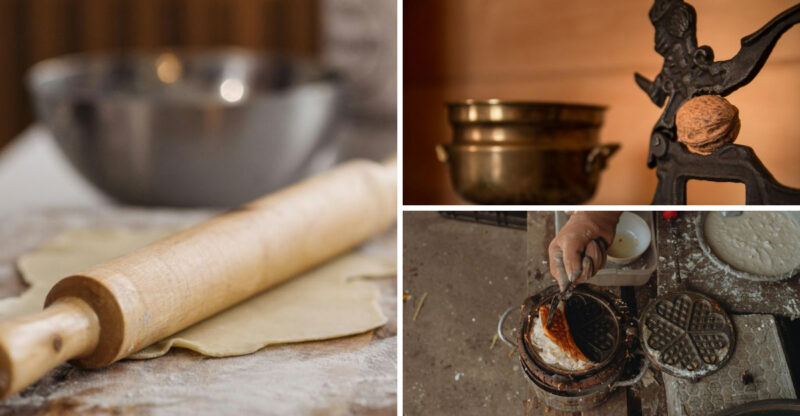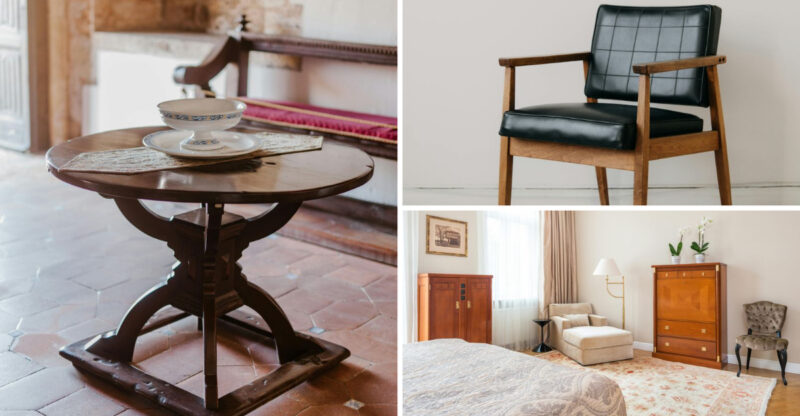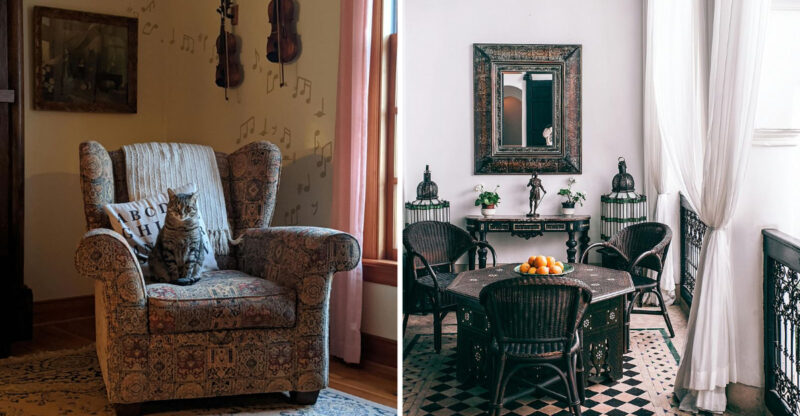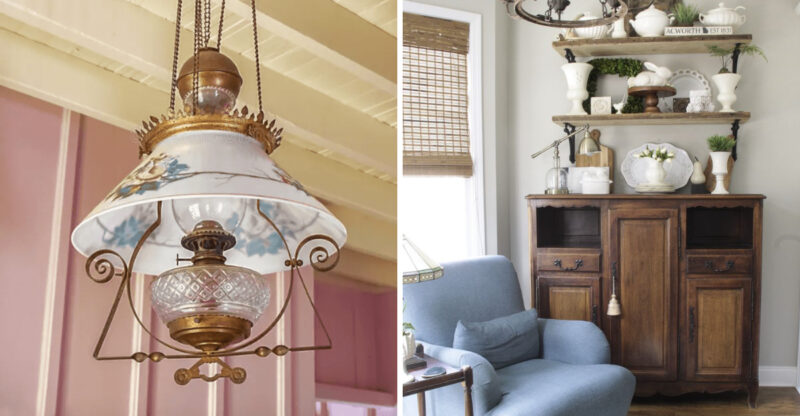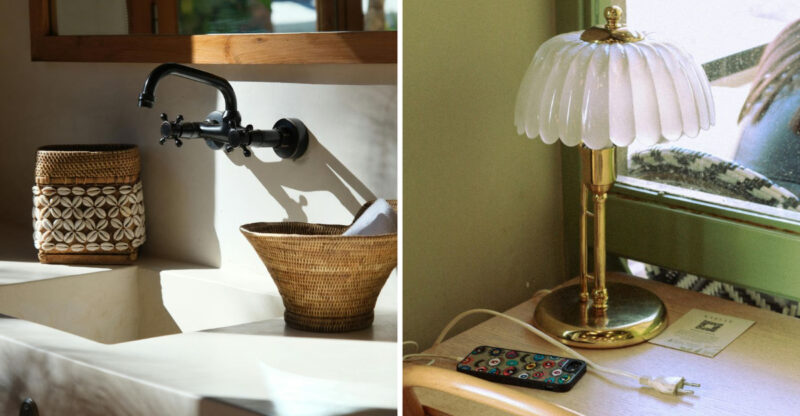6 Antiques You May Want To Pass On And 7 Surprising Finds Designers Could Approve
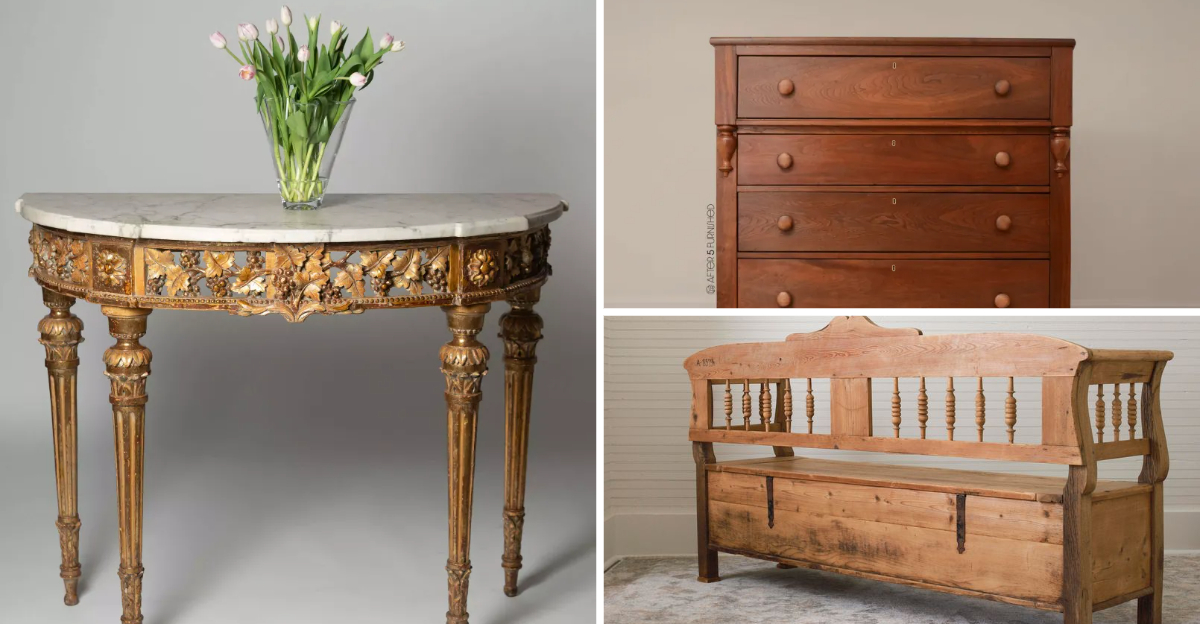
Hunting for antiques can be both thrilling and overwhelming. Not all vintage pieces deserve a spot in your home, while others might be hidden gems worth their weight in gold.
I’ve compiled a guide to help you navigate the world of antiques, highlighting what to avoid and what might actually impress professional designers.
Let’s explore which pieces deserve a second chance and which ones should stay at the flea market.
1. Worn Dining Chairs
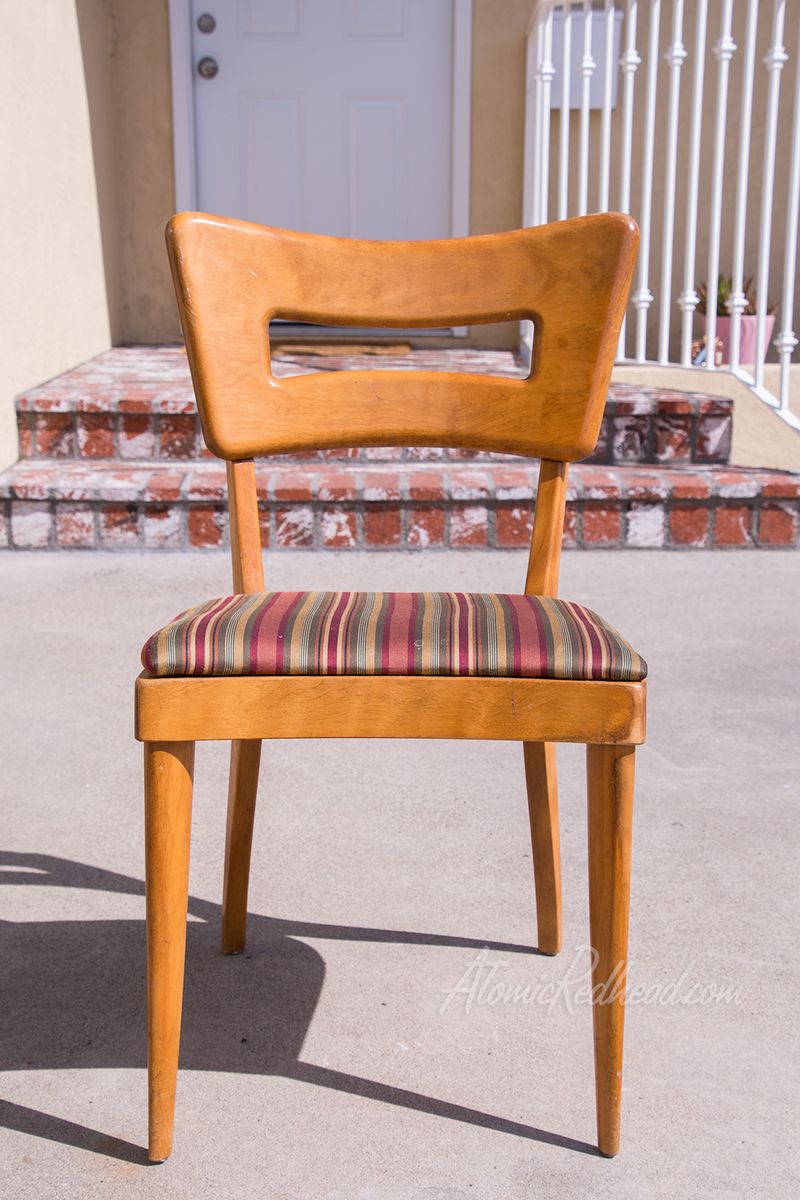
Remember those rickety dining chairs with wobbly legs and mysterious stains? Even seasoned designers recommend walking away from these common auction finds. The cost of properly reupholstering and reinforcing antique dining chairs often exceeds their actual value.
Structural issues in older chairs are particularly challenging to fix. What looks like a simple loose joint might actually indicate wood rot or irreparable damage to the frame. Many vintage dining chairs were also built for different body types than today’s average person.
If you’re still tempted, check underneath the seat for quality markers like dovetail joints or manufacturer stamps. Otherwise, your charming flea market find might end up being an expensive restoration nightmare collecting dust in your garage.
2. Chipped Side Tables
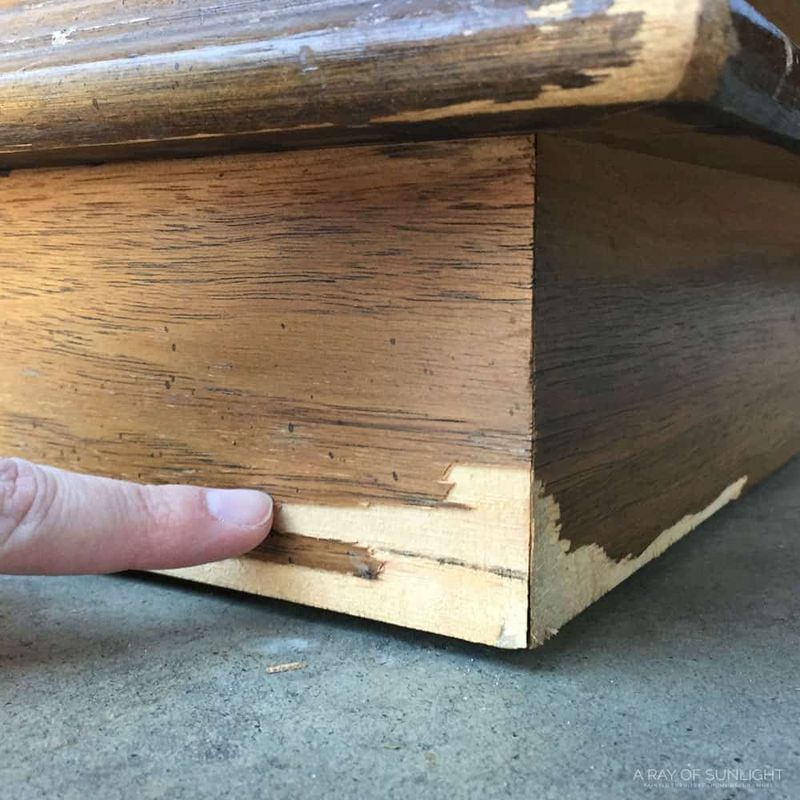
Those quaint side tables with chipped veneer might seem like easy DIY projects, but they’re often money pits in disguise. Veneer repair requires specialized skills, and many antique side tables use materials that are nearly impossible to match today.
Water damage is particularly problematic with these pieces. Dark rings, bubbling surfaces, and warped tops indicate moisture has penetrated deep into the wood structure. Most side tables constructed before the 1950s used hide glues that deteriorate over time, making repairs increasingly difficult.
If the damage is limited to small chips or scratches on solid wood (not veneer), you might have something salvageable. Otherwise, these tables usually require professional restoration costing several times their market value definitely not worth the investment.
3. Faded Upholstery
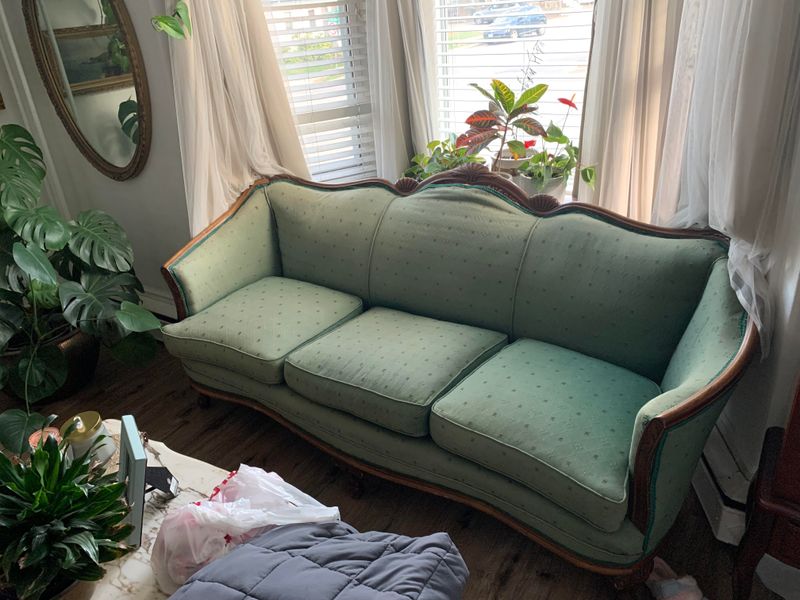
Vintage chairs and sofas with sun-bleached, stained, or torn upholstery are rarely the bargains they appear to be. Reupholstering quality furniture can cost upwards of $1,000 per piece often exceeding the value of the antique itself.
Hidden problems lurk beneath those faded fabrics. Springs might be rusted or broken, foam has likely deteriorated, and wooden frames could be compromised. Many older upholstered pieces also contain horsehair, cotton batting, or other materials that don’t meet modern fire safety standards.
Professional designers frequently avoid these pieces unless they’re signed by famous makers like Herman Miller or Knoll. The exception might be if you find something with its original, intact upholstery in good condition these unicorns are increasingly rare and potentially valuable.
4. Broken Desk Lamps
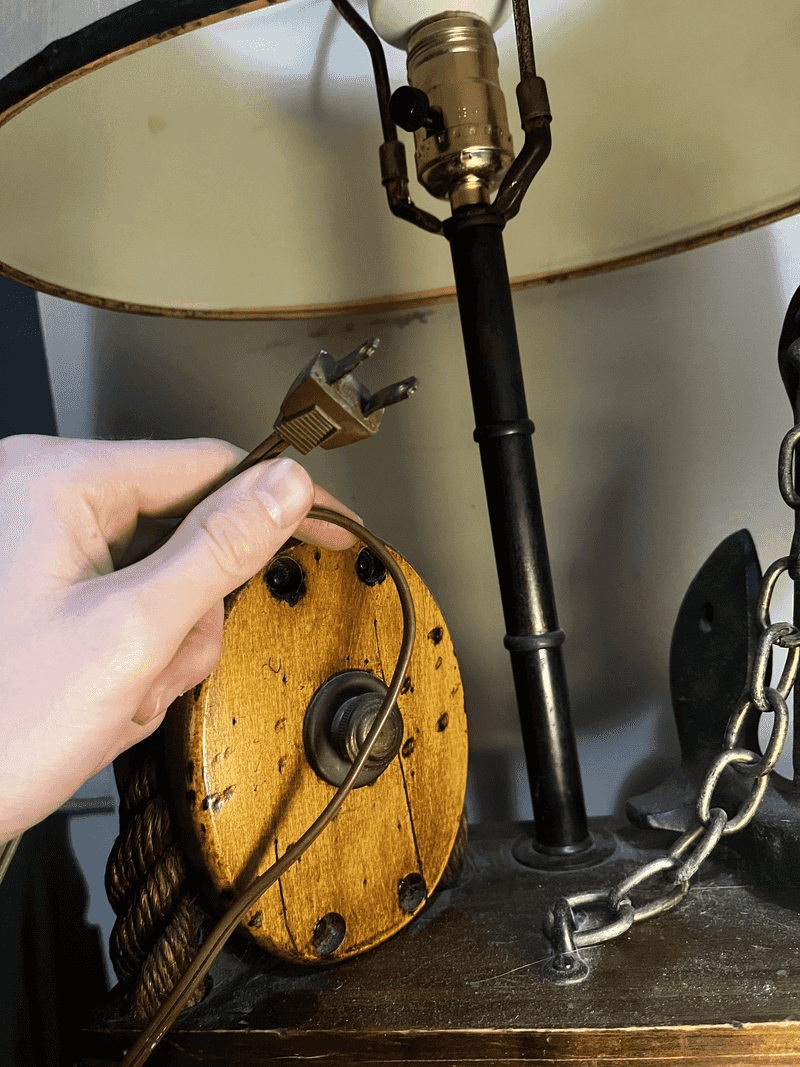
Vintage desk lamps with corroded wiring or missing parts might look charmingly retro, but they’re actually potential fire hazards. Electrical standards have changed dramatically over the decades, making these pieces dangerous without complete rewiring.
Finding replacement parts presents another major hurdle. Specialty bulbs, specific switches, or unique glass shades are often discontinued and nearly impossible to source. When lamps have been modified previously by amateur hands, the internal components frequently show mismatched parts that compromise functionality.
If you’re determined to rescue an antique lamp, budget at least $75-150 for professional rewiring. Even then, it might never work quite right. The exceptions are high-quality brands like Anglepoise or certain Art Deco pieces, which might justify the restoration costs if they’re structurally intact.
5. Overly Ornate Cabinets
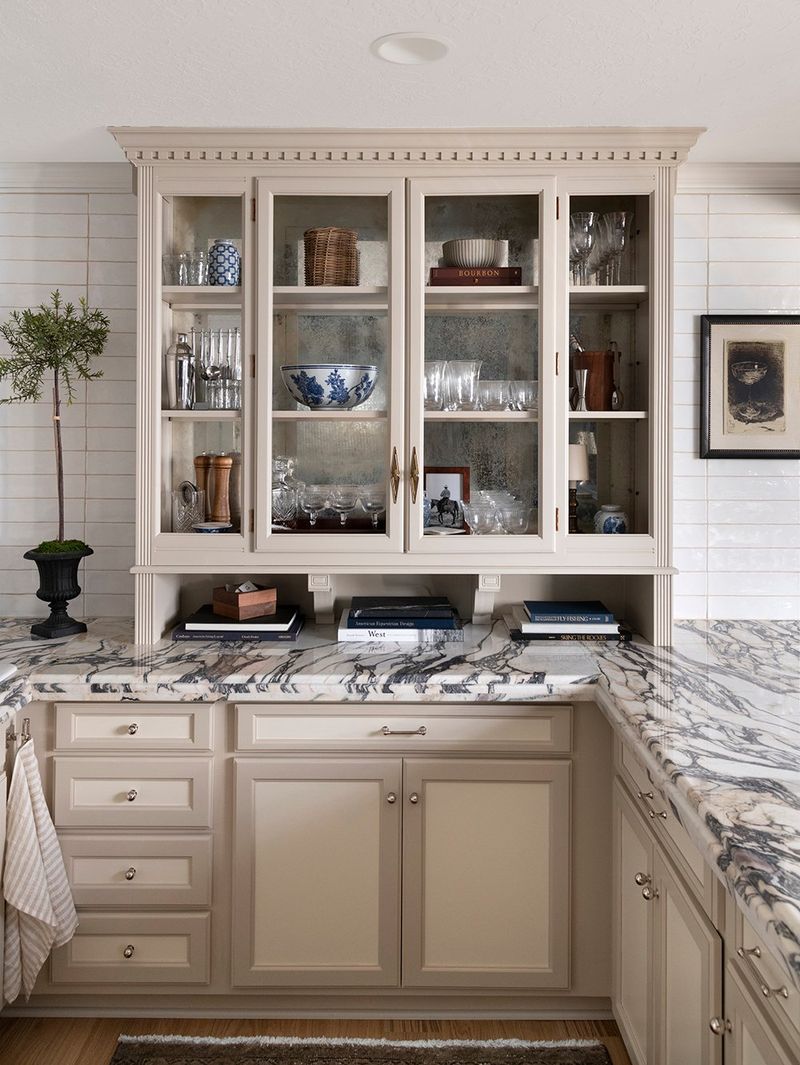
Those massive, dark wood cabinets with intricate carvings might seem impressive at first glance, but they’re falling out of favor with designers for good reason. Their imposing size overwhelms modern spaces, and the ornate details collect dust in hard-to-clean crevices.
Many of these pieces aren’t actually antiques but reproductions from the 1970s and 1980s sometimes called “brown furniture” in the industry. They lack the craftsmanship of true antiques while still bearing the disadvantages of older pieces. The dark finishes make rooms feel smaller and more dated.
Storage functionality is another issue with these cabinets. Interior shelving rarely accommodates modern items, and the deep proportions make accessing contents difficult. Unless the piece has documented historical significance or extraordinary craftsmanship, most designers recommend leaving these behemoths behind.
6. Cracked Coffee Tables
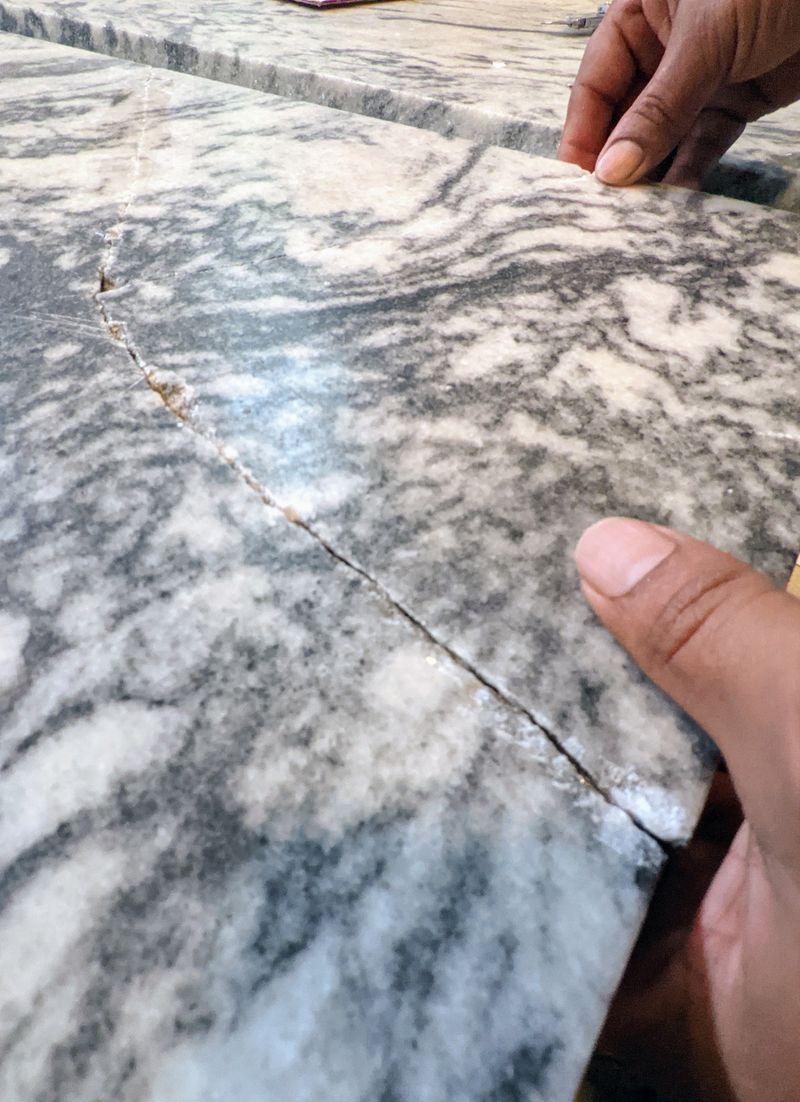
Marble-topped coffee tables with cracks or chips might seem like easy fixes, but they’re actually restoration nightmares. Marble repairs are specialized work requiring professional stone masons, and the results are rarely invisible especially with antique marble which has specific veining patterns.
Glass-topped tables present similar problems. Vintage glass often doesn’t meet modern safety standards, and replacement cuts rarely match the original’s beveling or thickness. Wood tables with split tops indicate structural failures that typically extend beyond what’s visible.
Weight is another consideration when evaluating damaged coffee tables. Many antique tables are extraordinarily heavy, making them impractical for modern living with frequent redecorating. Unless the piece is by a recognized designer or has exceptional artistic merit, cracked coffee tables usually aren’t worth the hassle.
7. Mid-Century Sideboards
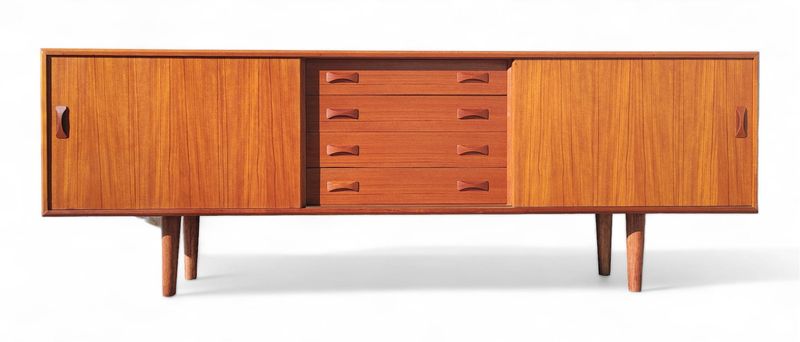
Mid-century sideboards with clean lines and tapered legs have become designer darlings for good reason. Their streamlined silhouettes work beautifully in contemporary spaces while adding authentic vintage character. Many feature high-quality teak, walnut, or rosewood that would be prohibitively expensive in new furniture.
Functionality makes these pieces particularly valuable. The thoughtful interior organization typically includes adjustable shelving, specialized drawers for linens or silverware, and sometimes even built-in serving trays. Danish and American manufacturers like Broyhill, Lane, and Bassett created particularly durable examples.
When shopping, look for pieces with minimal veneer damage and all original hardware. Even examples needing minor repairs can be worthwhile investments. A quality mid-century sideboard in good condition can command $1,500-4,000 today and designers predict these values will continue climbing as supply diminishes.
8. Vintage Armoires

Quality antique armoires solve modern storage problems with timeless elegance. Their versatility makes them designer favorites functioning as wardrobes, entertainment centers, or even compact home offices. Unlike built-ins, these investment pieces move with you from home to home.
French and English armoires from the 19th century offer exceptional craftsmanship with hand-cut dovetail joints and solid wood construction. Even pieces with minor cosmetic issues can be worth rescuing. The deep dimensions accommodate modern hangers while providing more storage than typical contemporary closets.
When evaluating an armoire, check that doors align properly and interior shelving is intact. Slight musty odors can be remedied, but avoid pieces with active wood rot or pest damage. A well-chosen armoire becomes a statement piece that anchors a room while providing essential function exactly what designers seek in antiques.
9. Refinished Dressers
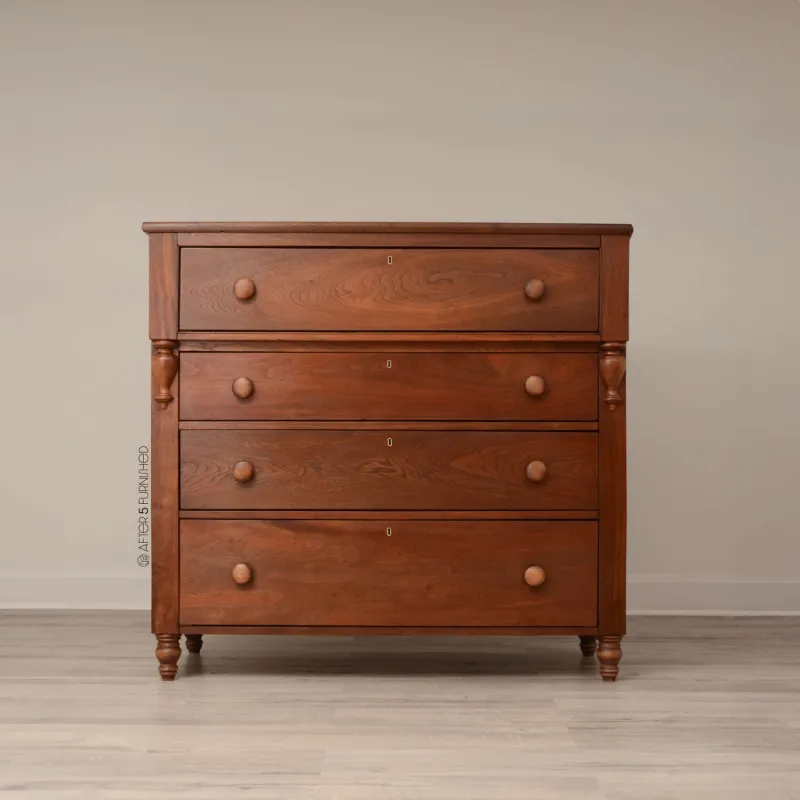
Solid wood dressers from the early 20th century offer exceptional quality when properly refinished. The craftsmanship in these pieces with dovetail drawers and quarter-sawn oak or mahogany far exceeds most contemporary options at similar price points. Designers particularly value their generous proportions and sturdy construction.
Functionality remains a strong selling point for these antiques. Drawers are typically deeper than modern equivalents, providing ample storage for bulky items. Many feature specialized compartments for jewelry or personal items that add unexpected utility.
When shopping for refinished dressers, examine drawer bottoms and backs for quality indicators. Smooth-gliding drawers suggest proper restoration. While purists might argue against refinishing antiques, designers increasingly appreciate thoughtfully updated pieces that preserve structural integrity while adapting to contemporary aesthetics. A well-restored dresser combines history with practicality.
10. Classic Rocking Chairs

Antique rocking chairs with good bones have become designer favorites for adding character to any room. Their smaller footprint makes them perfect for corners or bedroom reading nooks where space is limited. The gentle motion offers both physical and psychological comfort that modern recliners can’t match.
Shaker and Windsor styles remain particularly coveted for their timeless simplicity. The clean lines complement both traditional and contemporary interiors without overwhelming the space. Quality examples feature hand-turned spindles and expertly steam-bent wood that would be prohibitively expensive in new furniture.
When evaluating a vintage rocker, sit in it to test stability and comfort. Minor wobbles can usually be fixed, but significant structural issues spell trouble. Avoid chairs with replaced rockers, as proper curvature is crucial for safety and function. A well-chosen antique rocker becomes both a functional seat and conversation piece.
11. Elegant Bookcases
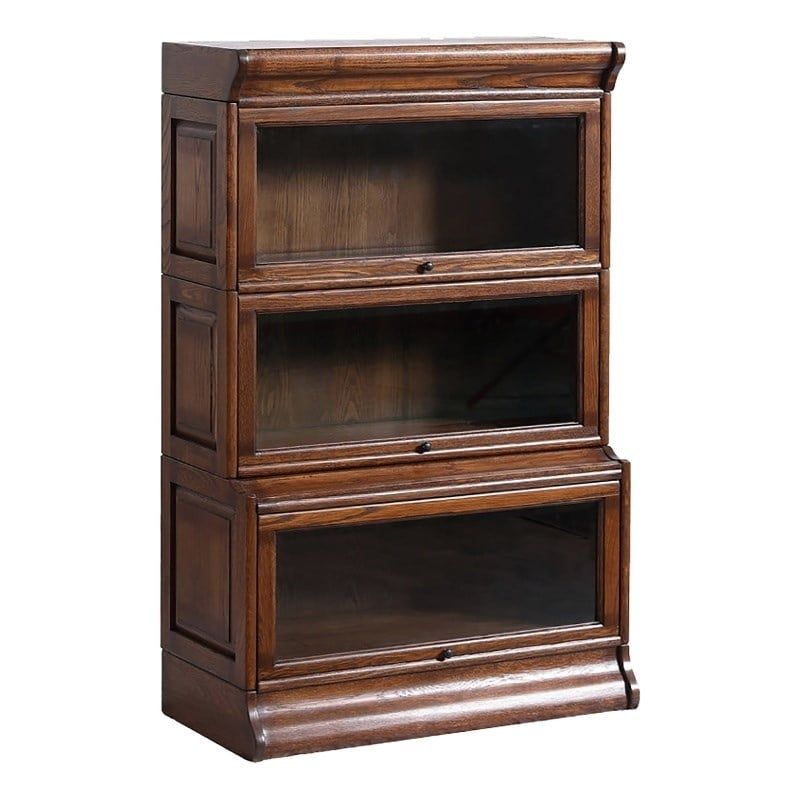
Antique bookcases with adjustable shelving have become hot commodities in the design world. Their versatility extends beyond book storage to displaying collections, housing entertainment components, or even serving as room dividers. The craftsmanship in quality examples from the 19th and early 20th centuries is immediately apparent.
Barrister bookcases with glass-fronted sections offer particular charm and functionality. The modular design allows for customization while protecting contents from dust. Oak and walnut examples have proven especially durable over decades of use.
When shopping, verify that shelves aren’t sagging and glass components are intact. Check that backs are properly attached and the piece stands level. Even if you’re not an avid reader, designers recommend these versatile pieces for their storage potential and architectural presence. A quality antique bookcase often becomes the anchor that defines a room’s character.
12. Sturdy Console Tables
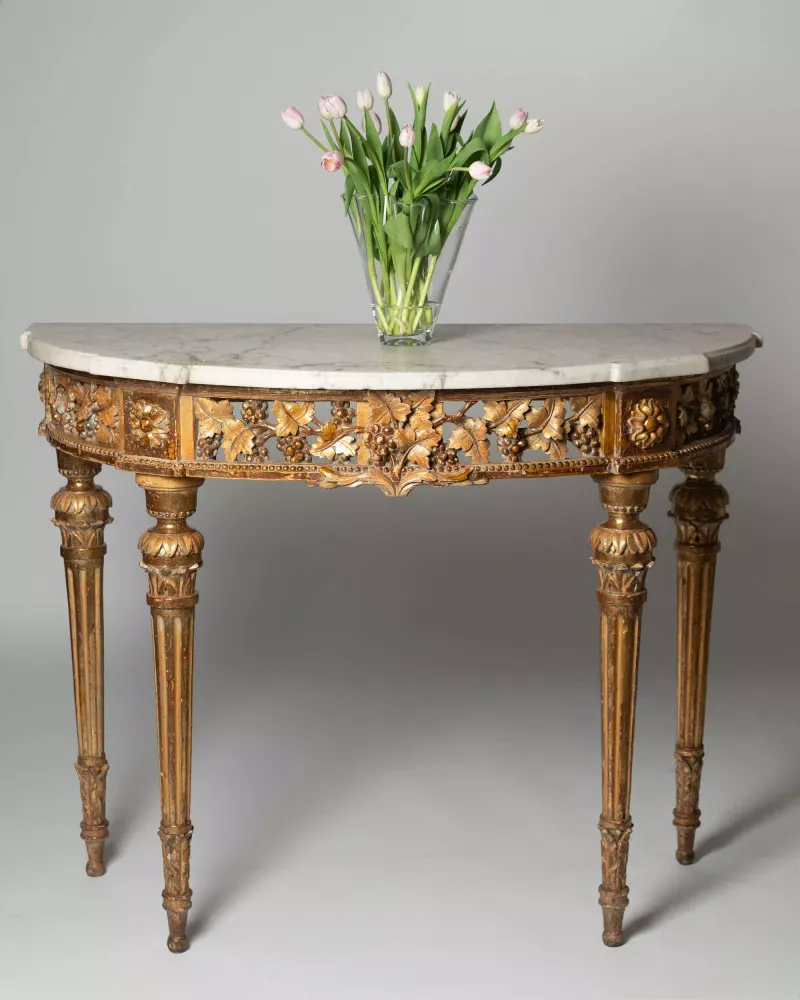
Antique console tables have experienced a design renaissance as versatile players in modern interiors. Originally designed for hallways, these narrow pieces now serve as sofa tables, media centers, or elegant workspace alternatives. Their slender proportions make them perfect for today’s smaller living spaces.
French and Italian examples from the 18th and 19th centuries showcase exceptional craftsmanship with hand-carved details and marble tops. Even simpler farmhouse styles offer character through honest construction and natural patina. The substantial weight of quality consoles provides stability lacking in many contemporary alternatives.
If you’re hunting for a console table, focus on sturdiness and proportion rather than perfect condition. Minor surface scratches add character, while structural integrity ensures usability. Designers particularly value examples with original hardware and authentic finish. A well-chosen antique console combines practical function with architectural presence exactly what today’s interiors need.
13. Timeless Wooden Benches
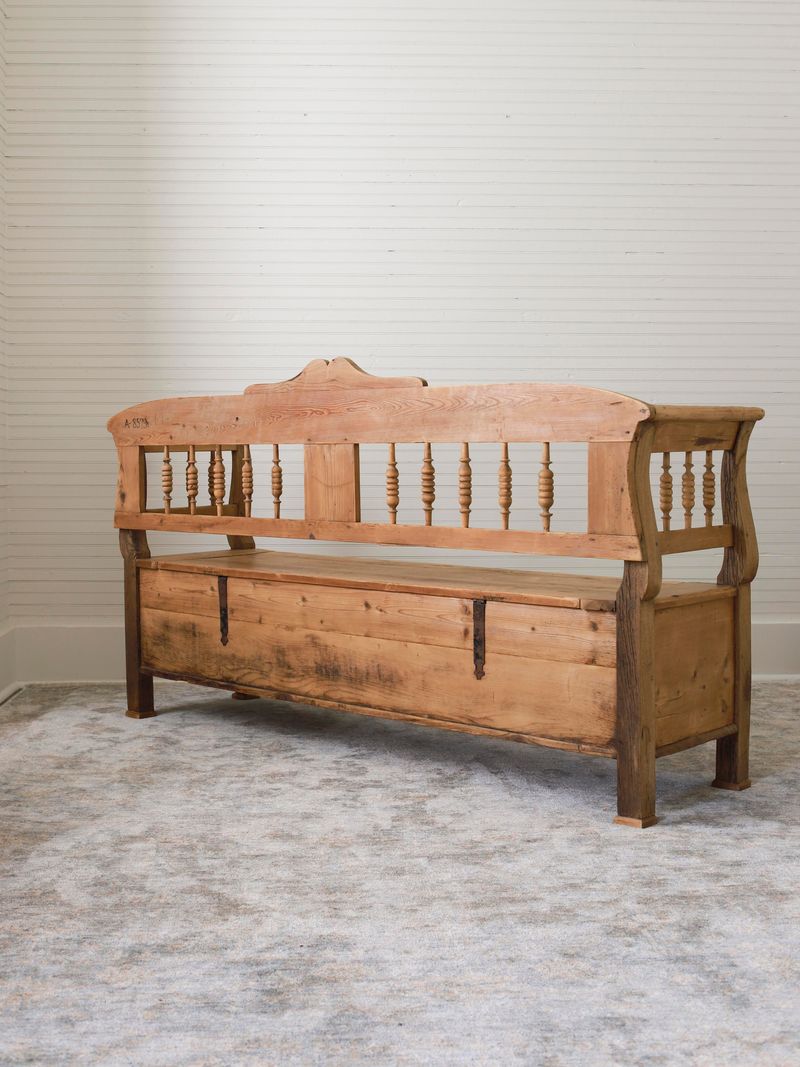
Antique wooden benches deliver versatility that designers covet for modern interiors. These adaptable pieces function as coffee tables, extra seating, or foot-of-bed accents depending on your needs. Unlike contemporary counterparts, vintage benches tell stories through wear patterns and construction techniques specific to their era.
Church pews, schoolhouse benches, and farmhouse specimens offer particularly interesting histories. The solid construction of these utilitarian pieces has allowed them to survive decades or even centuries of use. Many feature old-growth woods like heart pine or oak that aren’t available in new furniture.
When evaluating an antique bench, focus on structural soundness rather than surface perfection. Minor scratches and dents add authentic character. Check that the seat is level and supports feel solid. Designers particularly value examples with original paint or finish the patina that only comes from genuine age and use creates an irreplaceable focal point.

